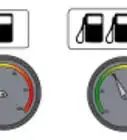wikiHow is a “wiki,” similar to Wikipedia, which means that many of our articles are co-written by multiple authors. To create this article, 38 people, some anonymous, worked to edit and improve it over time.
There are 7 references cited in this article, which can be found at the bottom of the page.
This article has been viewed 338,126 times.
Learn more...
Metros in India are extremely congested and the drivers can appear to be rough in their approach towards beating the traffic. In Delhi alone there are 2 million vehicles. The roads also play a part in making driving difficult. This article will give you tips for driving safely in India. However, you need to be reminded that the typical way of travelling in India is done by hiring a car with driver, at a relatively low cost.
Steps
-
1Understand that India has a right hand/left side drive. If you are from a country in which cars have a left-hand drive, this can be confusing for you, initially.[1]
-
2Be careful while driving in any city. India is no exception.[2]Advertisement
-
3Stay alert at all times. In most Indian cities, though there are lanes, people don't use them and may cut in front of you without warning. Animals or children may come in your way. Whenever your foot is not on the accelerator, it should be resting on the brake.
-
4Acknowledge that insurance in India has various clauses in it such as depreciation charge on metal and plastic. So please read your insurance completely and understand it well. Remember that third party claims are rare in India and in most cases would need a copy of Police FIR. Avoid accidents at all costs.
-
5Be aware that it is not uncommon to find drunk drivers after 10 PM, so be extra careful at nights. Do not tailgate any driver at a speed higher than 30 kilometers (19 mi), if possible avoid it completely. People can turn without signaling or without switching on the indicator.
-
6Remember that there are all sorts of vehicles on Indian roads such as bullock carts, cycles, rickshaws, three-wheelers, cars, SUVs, trucks, buses, etc. There are no separate lanes for slower moving vehicles so be prepared to drive slowly using brakes very often. There are hardly any automatic transmission vehicles in India so be prepared for a manual transmission. If you rent a stickshift but are used to an automatic then ensure that its clutch pedal is light else you will end up building a stronger calf muscle.
-
7Learn that a marriage party, minister or religious processions are regular and can hold up traffic. Don't be shy in taking alternative routes in such situations, like driving on the side unpaved road (if it's there) or cutting the traffic like others.
-
8When driving to a small town or rural village, roads will be too narrow for two lanes. Therefore, traffic coming in the other direction will have to travel on the same path as you. When a car is coming towards you, move to the LEFT so that you are only taking up half the road. It's ok if the left side of your car isn't on the road anymore. The guy coming towards you will do the same thing on his left side. After you have passed each other, come back onto the road.
-
9While driving on wide roads, for example OMR, ECR in Chennai, be alert. Many smaller vehicles come on the wrong side of the road.[3]
-
10In many places in India commercial vehicles, such as trucks and buses, will have signs that read "Sound Horn". This means that if you honk they will move over slightly so that you may pass. Honk only once and do it politely, if they do not move simply stay behind them. Although they may move to the side, make sure to check for oncoming traffic before you pass.[4]
- When honking, make sure you are not in a quiet zone (generally around hospitals) as this is illegal and very disrupting to hospital patients.
-
11Remember that in case of an accident, if the situation gets out of hand then call the cops immediately.[5] This will save you from getting a beating from the public. In case of an accident public involvement will surely happen and the guy with a smaller vehicle will get the sympathy. Avoid any such pandemonium and try to settle things quickly.[6]
Community Q&A
-
QuestionIf the yellow signal is blinking on the red light, what must I do?
 Community AnswerThis happens mostly in the middle of the night. It alerts the driver to check the surroundings, confirm that it is safe to go and cross the signal.
Community AnswerThis happens mostly in the middle of the night. It alerts the driver to check the surroundings, confirm that it is safe to go and cross the signal. -
QuestionIf my car is speeding on the highway, how can I reduce my speed without an accident?
 Community AnswerJust take your foot off the accelerator and let the car slow down naturally. If that's not enough, then apply some very gentle pressure to the brakes.
Community AnswerJust take your foot off the accelerator and let the car slow down naturally. If that's not enough, then apply some very gentle pressure to the brakes. -
QuestionWhat are necessary documents needed for highway and city driving?
 Community AnswerMost important documents are drivers licence of the person driving, vehicle registration certificate, emission clearance and insurance. Best to have the originals of all these.
Community AnswerMost important documents are drivers licence of the person driving, vehicle registration certificate, emission clearance and insurance. Best to have the originals of all these.
Warnings
- Some of the red lights may not work at odd hours, be careful when approaching such a crossroad⧼thumbs_response⧽
- Always look on both sides while turning, it is not uncommon to find drivers on the wrong side of the road⧼thumbs_response⧽
- You may often see drivers breaking traffic rules (e.g. jumping red lights). DO NOT be tempted to follow their example - not only is it highly dangerous, but traffic police officers (especially in Delhi) are on the lookout for violators. Additionally, some traffic lights are now equipped with cameras to catch red-light jumpers.⧼thumbs_response⧽
- Above all else, use your instincts. Before conducting any movement with a vehicle check the area yourself. Regardless if a light signal is green check the intersection as if it was uncontrolled. Traffic is extremely uncontrolled in India, and many weave through regardless of the rules. Pay attention at all times.⧼thumbs_response⧽
- Do not blindly follow the person in front of you, as you might also be violating the traffic rules along with him.⧼thumbs_response⧽
- Accidents are to be avoided at all costs as they may result in violence against the at-fault party by onlookers who typically gather at such occurrences. One must also be prepared for the possibility of making a cash settlement at the scene of the accident and/or paying the police should they be summoned to the accident.⧼thumbs_response⧽
- Drivers sometimes honk their horns continuously while driving. It is not uncommon that drivers of auto-rickshaws will "play chicken" with oncoming traffic while honking their horns, only veering off to avoid a head-on collision at the last possible moment. For that reason alone, driving in India is best left to local drivers who are familiar with these sorts of driving conditions.⧼thumbs_response⧽
References
- ↑ https://www.rhinocarhire.com/Drive-Smart-Blog/Drive-Smart-India.aspx#/searchcars
- ↑ https://jalopnik.com/a-guide-to-driving-in-india-without-dying-262254628
- ↑ https://www.youtube.com/watch?v=YCwL-QrCSgI
- ↑ http://learningindia.in/the-unwritten-rules-of-driving-in-india/
- ↑ https://in.usembassy.gov/u-s-citizen-services/local-resources-of-u-s-citizens/emergency-assistance/
- ↑ https://www.asherfergusson.com/2014/11/driving-india-advice-tourists-point-view/
- https://medium.com/human-development-project/what-it-s-like-to-drive-in-india-1881df23619e

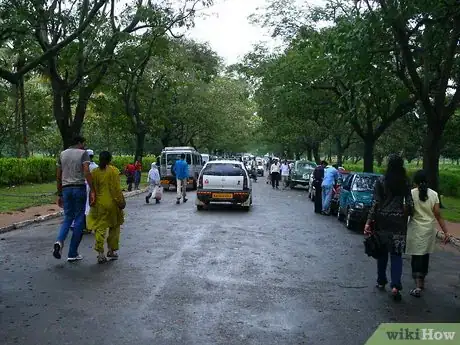
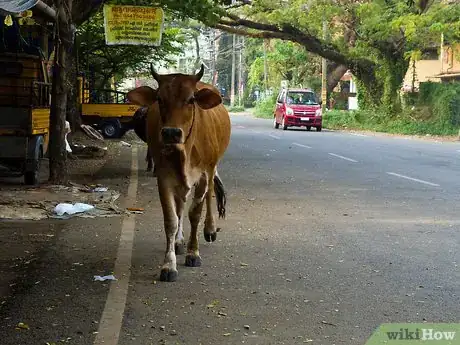
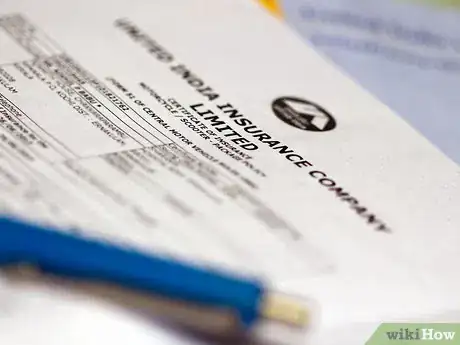

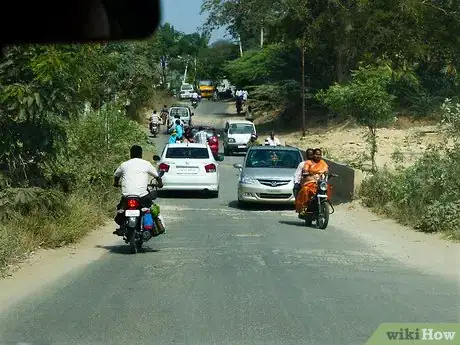
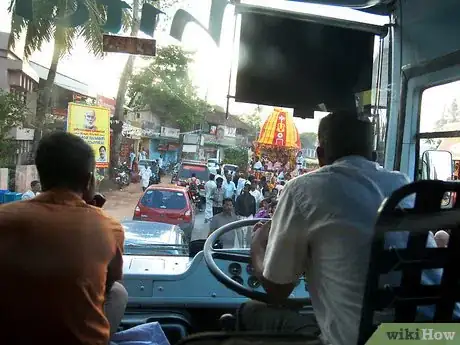





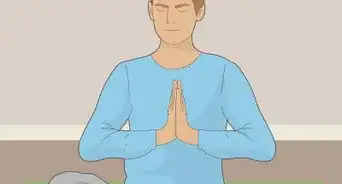
(3)-Status-of-a-Nonprofit-Step-1.webp)
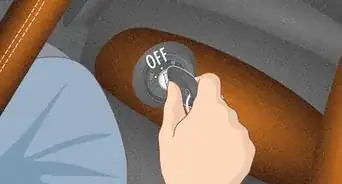
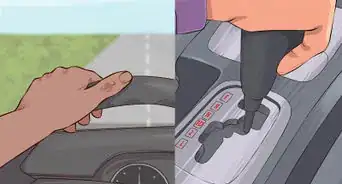
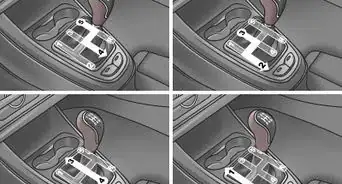
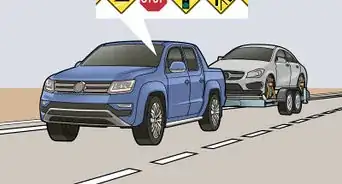
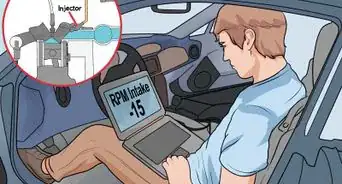


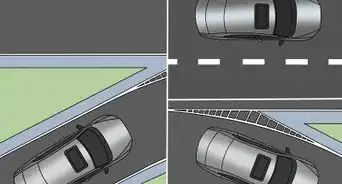
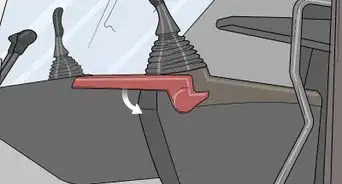







(3)-Status-of-a-Nonprofit-Step-1.webp)
